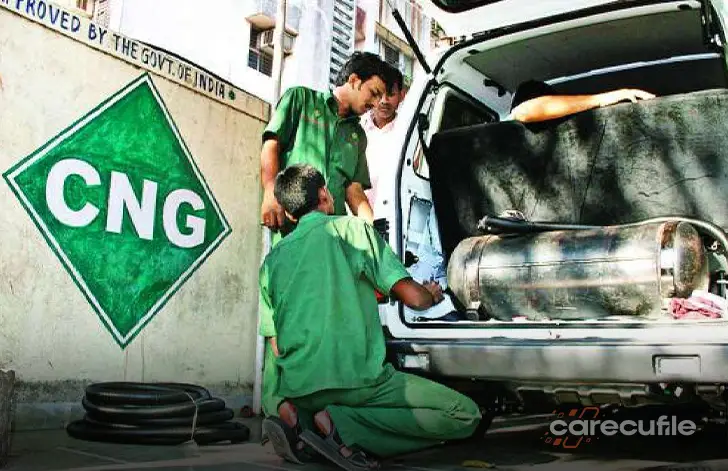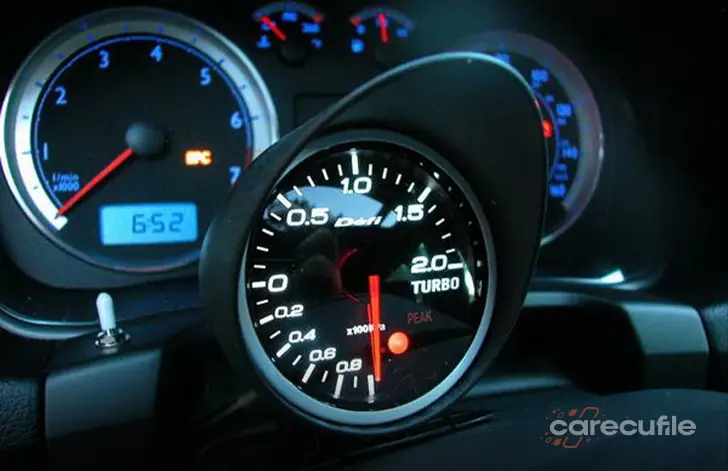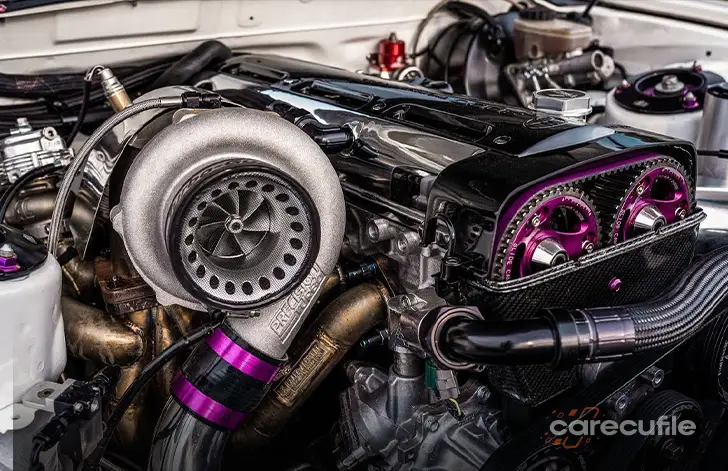Natural Gas (CNG)
Natural Gas (CNG)
Compressed Natural Gas Fuel
Other fuels that are more suitable for the environment, and for this, vehicles powered by natural gas, electricity or hydrogen are more under consideration. When we look at LPG, it consists of compressed natural gas in CNG. For fuel economy and the environment, these vehicles are even more profitable compared to LPG.
CNG Benefits and Differences with LPG
LPG is twice as expensive as CNG when we look at it. We can make gasoline vehicles with CNG just as we can with LPG. An example of this came from the Ankara Municipality. Since buses in Ankara are less harmful to the environment, they have been started to work with CNG, and these buses have a white, large CNG tank on them.
CNG is the same natural gas used in homes. There is methane gas in CNG, and in the structure of methane, four hydrogen atoms are attached to one carbon atom. In LPG, there are a lot of carbon atoms because there are a lot of mixtures, and because of this, it releases more carbon dioxide and carbon monoxide to the outside. LPG, which appears after the processing of oil, is a petroleum-based fuel. CNG, on the other hand, does not have such a process and is a cheaper fuel.
How to Make a Gasoline Vehicle with CNG?
It is close to the materials required for converting to LPG, but its properties are not the same. As with LPG, the fuel tank and the injectors from this tank to the engine, the control unit that will provide control through pipes, and since CNG is a gas, a pressure regulator is also required. This regulator is used to transfer the excess pressure contained in the CNG to the engine in a less pressurized state. In this way, our vehicles become better together with natural gas. Especially for heavy vehicles, this process is an effective method for the health of the environment and the life of the engine.
CNG is high octane. This, in turn, is much more resistant to compression and causes the engine to compress more, making the remaining gas even more usable, resulting in less fuel and more efficient. Compared to gasoline, CNG has a higher combustion temperature. For example, when the temperature of your engine is too high and gasoline enters it, gasoline will spontaneously combust. This is not the case for CNG.
CNG can also have disadvantages. For example, LPG can liquefy at lower pressures, but storage space can create problems in CNG. Not so much in heavy vehicles, but it can be problematic in normal vehicles. In order for this not to happen, it is necessary to liquefy again, this happens by cooling the gas to -160 degrees. For this operation, tools with a large area are more suitable. Since it is an up-to-date system, not every station has CNG.

















